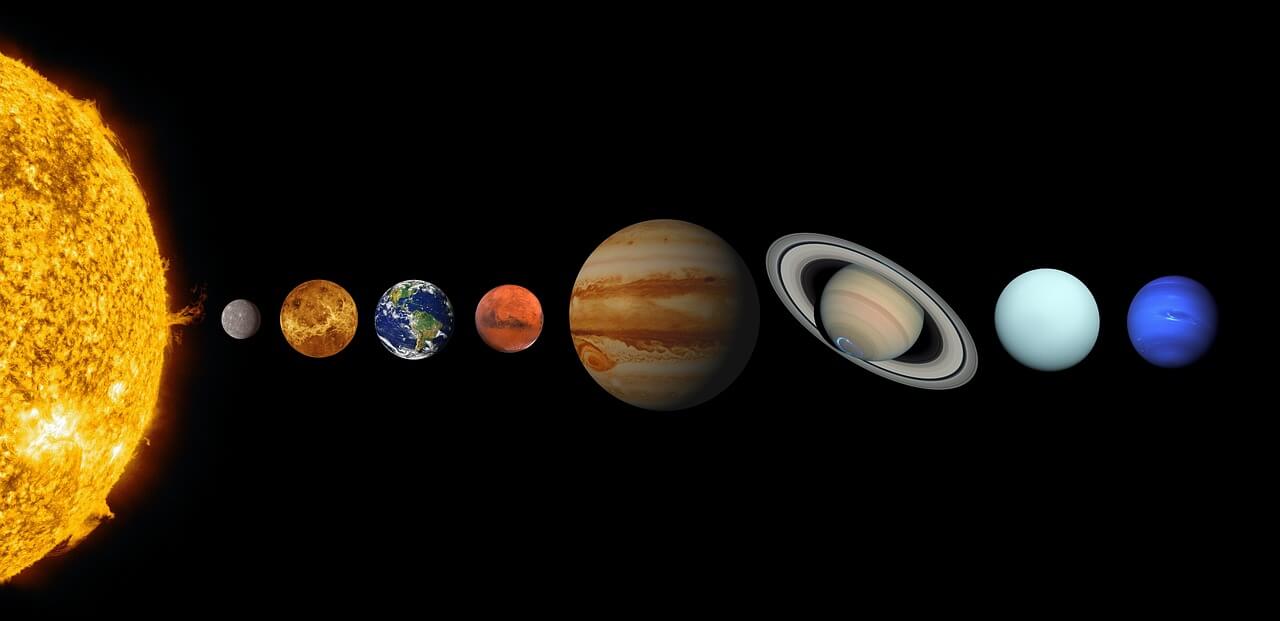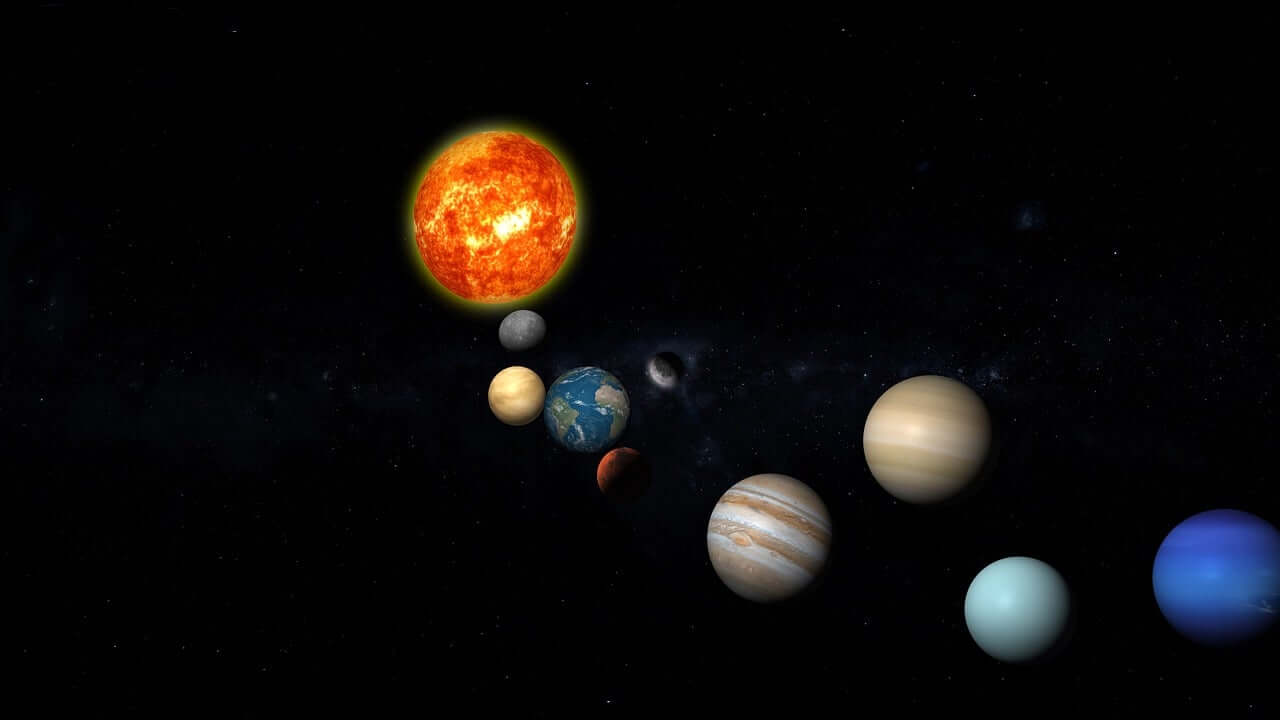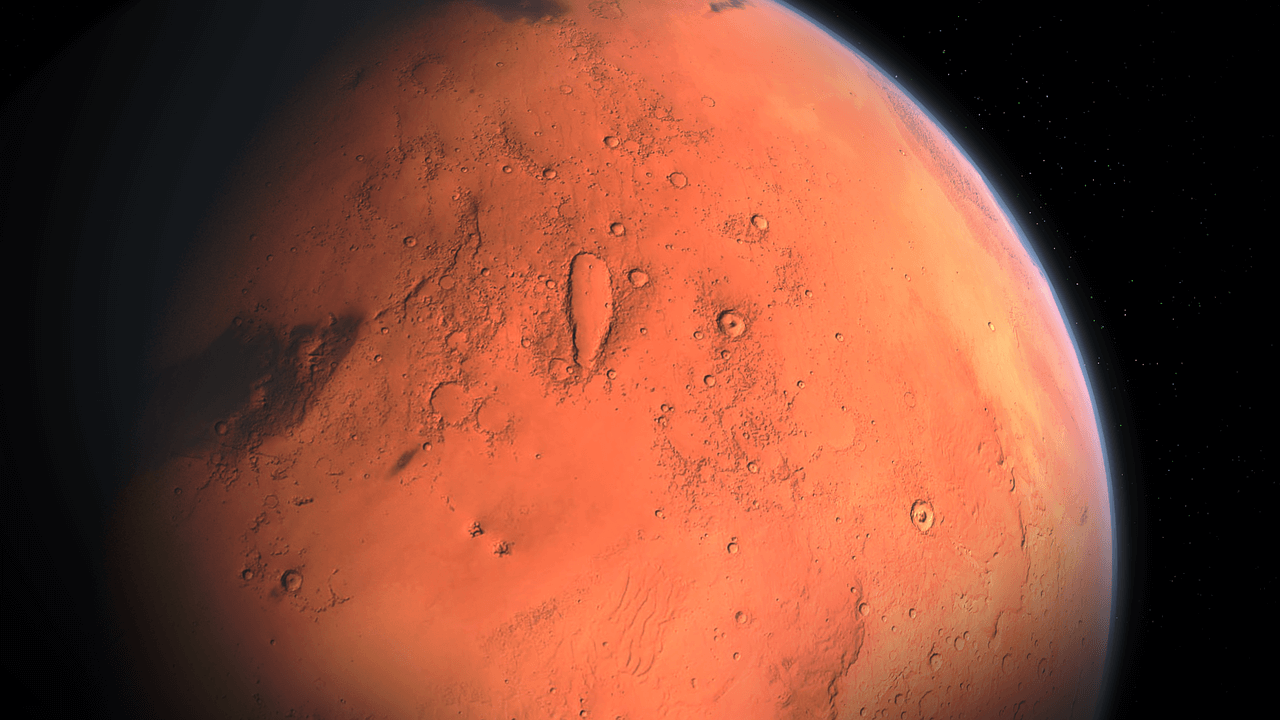How long does it take to get to Mars? Traveling to mars and building a settlement there is the new goal of this space race. But let’s be quite honest, Sending humans to mars isn’t an easy task. The furthest humans have traveled into space is to the dark side of the moon, which is just 400 000 kilometers away. Travelling to mars is much more complex than that. It is a journey which could take months if not years and would require humanity to overcome many technological challenges.

But how long would it take us to travel to mars based upon our current technologies? And can we decrease that time with technological advancements? The answer is a big yes. How? When it comes to Mars though, there’s a reason why we haven’t explored the red planet and why only a few landers have made the trip. There are many problems lying in the deep depths of space that make a voyage to mars oh so tough. Journey to Mars has been the stuff of science fiction for generations, but now it is quickly becoming a reality. There are many challenges that need to be overcome before a crewed mission to Mars can be launched, but the two major players—NASA and SpaceX—are up to the task. They have been working together intimately on missions to the International Space Station, but they have competing ideas of what a crewed Mars mission would look like. NASA’s focus is on safety and caution, while SpaceX is more innovative and willing to take risks. However, both organizations recognize the need for cooperation in order to make Journey to Mars a success. By pooling their resources and expertise, NASA and SpaceX might be able to overcome any challenges standing in the way of Journey to Mars. In order to determine how long does it take to get to Mars?we must first know the distance between the two planets. Mars is the fourth planet from the sun, and the second closest to Earth (Venus is the closest). But the distance between Earth and Mars is constantly changing as they travel around the sun. In theory, the closest that Earth and Mars would approach each other would be when Mars is at its closest point to the sun (perihelion) and Earth is at its farthest (aphelion). This would put the planets only 33.9 million miles (54.6 million kilometers) apart. However, this has never happened in recorded history. The closest recorded approach of the two planets occurred in 2003 when they were only 34.8 million miles (56 million km) apart. As such, Journey to Mars would likely take anywhere from 33-34 million miles.

How long does it take to get to Mars? if you were traveling at the speed of light? It would take 3.03 minutes to reach Mars at its closest point of approach to Earth, and 22.4 minutes to reach Mars at its farthest point from Earth. The average distance between Earth and Mars is 65.4 million kilometers, so it would take 12.5 minutes to reach Mars traveling at the speed of light in a vacuum. These numbers are based on the assumption that you are starting from Earth and traveling in a straight line towards Mars. In reality, the journey would be much longer because you would need to account for the curvature of the Earth, the rotation of the Earth, and the orbit of Mars around the sun. However, even with these factors taken into account, it would still be possible to reach Mars within an hour if you were traveling at the speed of light. But traveling at the speed of light is not a realistic approach for us, atleast according to our current technologies. But what about teh fastest spacecrafts that humanity has ever built? NASA’s New Horizons spacecraft is one of the fastest ever spacecraft to travel to the outer solar system, capable of reaching speeds of around 36,000 mph (58,000 kph). If you could use such a spacecraft to travel to Mars, you would reach the planet in just 162 days (3,888 hours) at its average distance from Earth. However, at its farthest point from us, Mars would be 289 days (6,944 hours) away. But things get even better when Mars is at its closest possible approach to Earth, as you would then be able to reach the Red Planet in just 39 days (942 hours). But last year in 2021, even this record was broken by NASA’s Parker Solar which shattering its own speed records as it gets closer to the sun. On November 21, 2021, the Parker Solar Probe attained a peak speed of 101 miles (163 kilometres) per second during its tenth close flyby of our star, equating to 364,621 mph (586,000 kph). According to a NASA statement, when the Parker Solar Probe approaches the solar surface in December 2024, the spacecraft’s speed will exceed 430,000 miles per hour! With the speed of Parker Solar Probe, it would take us just 93 hours to reach Mars at its closest approach and just 29 days on its farthest distance from the Earth. That is a big thing for humanity. The difficulty with the previous estimates we talked about is that they use a straight line to calculate the distance between the two planets. Traveling through the furthest passage between Earth and Mars would require a travel directly through the sun, whereas spacecraft must move in orbit around the star of the solar system. Although this is not a problem at the closest approach, another issue arises when the planets are on the same side of the sun. The figures also assume that the two planets maintain a constant distance; that is, if a probe is launched from Earth while the two planets are at their closest approach, Mars will stay the same distance away for the duration of the probe’s 39-day journey.
How long does it take to get to Mars, depends on a number of factors, including the planets’ alignment in their orbits and the propulsion system used. According to NASA Goddard Space Flight Center, the ideal lineup for a launch to Mars would get you to the planet in 9 months. However, due to the positioning of the planets and other factors, it is usually closer to 2 years. Engineers must calculate the ideal orbits for sending a spacecraft from Earth to Mars. Their numbers factor in not only distance but also fuel efficiency. Like throwing a dart at a moving target, they must calculate where the planet will be when the spacecraft arrives, not where it is when it leaves Earth. Spaceships must also decelerate to enter orbit around a new planet to avoid overshooting it. How long does it take to get to Mars, depends on where in their orbits the two planets lie when a mission is launched, and also on the technological developments of propulsion systems. Mars moves a significant distance around in its orbit in the nine months it takes to reach there, roughly three-eighths of the way around the sun. You must prepare ahead of time to ensure that Mars is where you need it to be by the time you reach the distance of Mars’ orbit! In practise, this implies that you can only begin your journey after Earth and Mars are correctly aligned. This happens once every 26 months. That is, every 26 months, there is just one launch window. The Hohmann transfer technique, with launch windows every 26 months, is the quickest and most efficient way we know for reaching Mars, and it takes around 9 months to accomplish. A round trip would take about 21 months to complete. We would need to spend thousands of dollars a second to just get to the red planet and would have to sacrifice a large amount of payload, based upon our current technology and not to mention the kind of impact such a long trip would have upon human psychology. So if we are able to achieve speeds like the parker solar probe, a journey to Mars would be much less than it is right now. But what is humanity doing right now to try to get to mars? Elon Musk, the CEO of SpaceX and one of the first pioneers to go to Mars, is creating the Starship to transport humans to Mars. SpaceX is presently developing their raptor engines, which are recognised for producing a tremendous level of thrust. They want to replace it with the Raptor 2.0, which will be a significant upgrade in Raptor engines. But what distinguishes SpaceX is its quick reusability, which no other firm has done as of yet. The raptor 2 engine, which is presently in development, is an important component of SpaceX’s future. It has a massive amount of power that has been nurtured in ways never previously seen with science and reusability. The raptor engine is something that space engineers have long desired but have never been able to achieve. It will save money, energy, and allow enormous spacecraft like the Starship to bypass our atmosphere and sail directly for Mars. For now humanity is on a right track to travel to Mars. What do you think? Will we be able to build a settlement on mars in our lifetime? Let us know what you think in the comment section below and share the article with your friends!



